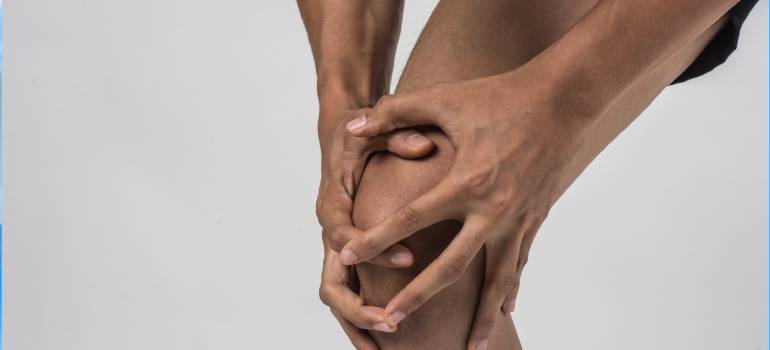What is Knee Arthritis?
It is a degenerative, “wear-and-tear” type of arthritis majorly occurs in people of 50 or above age, although it may occur in younger people, too. Knee arthritis is more common in women. Osteoarthritis causes when the cartilageof knee joint to gradually wear away. As this wear away the surfaces of the joint to become rougher, and the protective space between the bones decreases. The bones begin to rub each other resulting in joint damage, pain, stiffness, swelling and reduced motion. Small bony spurs can grow at the edges of the eroded joint, which causes extra discomfort and pain.
Stages of Arthritis
• Stage 0 (Normal). If you’re at stage 0, your knees are healthy. Knee joint shows no joint impairment and functioning without pain
• Stage 1 (Minor). In this stage you’ve got some wear and tear in your knee joint. Very minor bony spur growth can be seen.You probably won’t experience pain or discomfort.
• Stage 2 (Mild). The mild stage is when you might start to feel pain or stiffness,X rays of knee may reveal greater bone spur growth but cartilage is still intact and bone to bone gliding is still prevented. Synovial fluids are also at sufficient levels in this stage. However during this stage patient may first begin experiencing symptoms, such as:
• pain after prolong walking or running
• Stiffness due to inactivity of joint due to prolong rest.
• tenderness may/ may not present
• Stage 3 (Moderate). In this stage, the cartilage, the cushion between bones shows obvious damage, and the ➢ space between the bones begins to narrow.In this moderate stage,
• Patient has more pain, especially when running, bending, walking, squatting, and kneeling.
• Joint swelling may be present.
• Pain will be more often felt after long periods of rest (like first thing in the morning).
• Stage 4 (Severe). Severe osteoarthritis means that the cartilage is almost diminished and the joint spaces also dramatically reduced.
• In this stage knee is stiff, painful and possibly immobile.
• Synovial fluid is also reduced
• Friction cannot be prevented in this stage.
• Deformity may/may not appear.
• Patient might need surgery.
What Causes Knee Arthritis to progress?
• Age
• Past injuries to the knees
• Weight
• Genetic factor
• Stress
➢ How to slow down knee arthritis?
➢ Although there is no quick fix,
• Physical therapy and little lifestyle modification can make the difference to how the condition affects you.
• Weight management also plays important role.
• Reducing strain over the knees by placing good insoles in the shoes.
• Use of handrail while ascending/descending the stairs.
• Go upstairs one at a time with good leg first.
• Transcutaneous electrical nerve stimulation (TENS) can be used.
• EXERCISE
Conservative Management of Knee Arthritis
Joints need to be exercised regularly to keep them healthy. It’s very important to keep moving if you have osteoarthritis of the knee.
Too much activity can increase the pain in some patients while inactivity can increase joint stiffness so balance between these two should be maintained.
Exercises are important as they strengthen the muscles around the knee, maintain posture, all of which can reduce the symptoms of osteoarthritis. Walking can be helpful.
A Physiotherapist can advise the best exercises and best treatment.
Various types of exercises that help to treat osteoarthritis of the knee are as follows:
• Range of motion exercises: These exercises are helpful for retaining the flexibility of the joint. These are beneficial in healing of soft tissue and maintaining existing joint and soft tissue mobility, these helps in maintaining neuro-muscular coordination.
• Strengthening exercises: Weak muscles can increase the risk of injuries so Strengthening exercises are designed to increase the strength of specific or group of muscles.
What do strengthening protocols include?
• Exercising against gravity
• Exercising against a resistance band
• Exercising with weight
• Exercising using your own body weight as the load
⮞Exercises are only effective when there is loading over the muscles.
⮞ FEW STRENGTHENING EXERCISES:
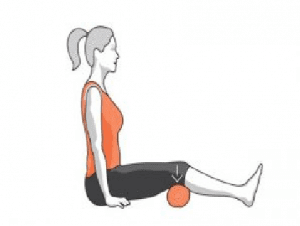


➢ Quadriceps Exercise with roll
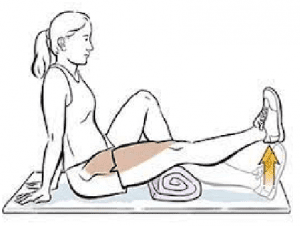


➢ Short arc quadriceps strengthening
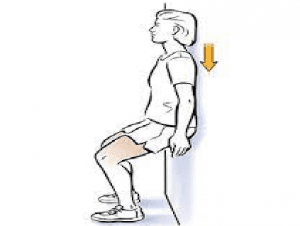


➢ Wall squats
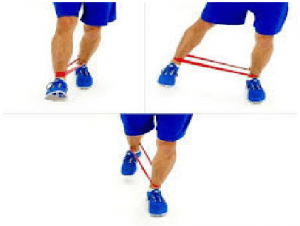


➢ Resistance band lying leg extension
➢ Resistance band exercises
➢ Bridging with theraband
There are more strengthening as well as stretching exercises for knee arthritis to know them contact orthocureclinics Gurgaon.
➢ Dr. SurbhiBhatnagar (PT)

